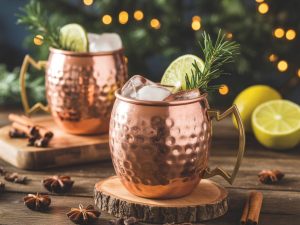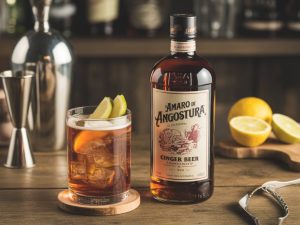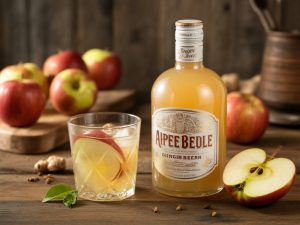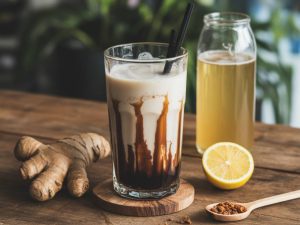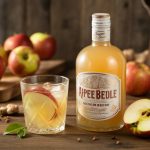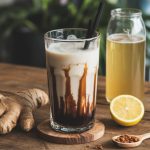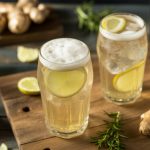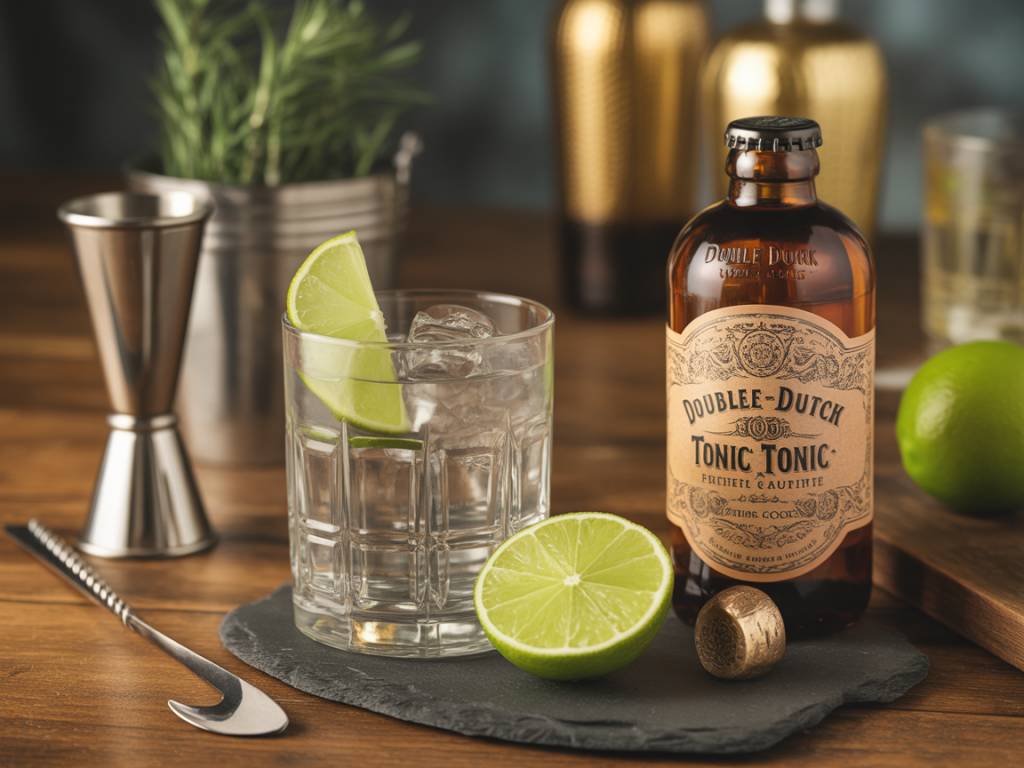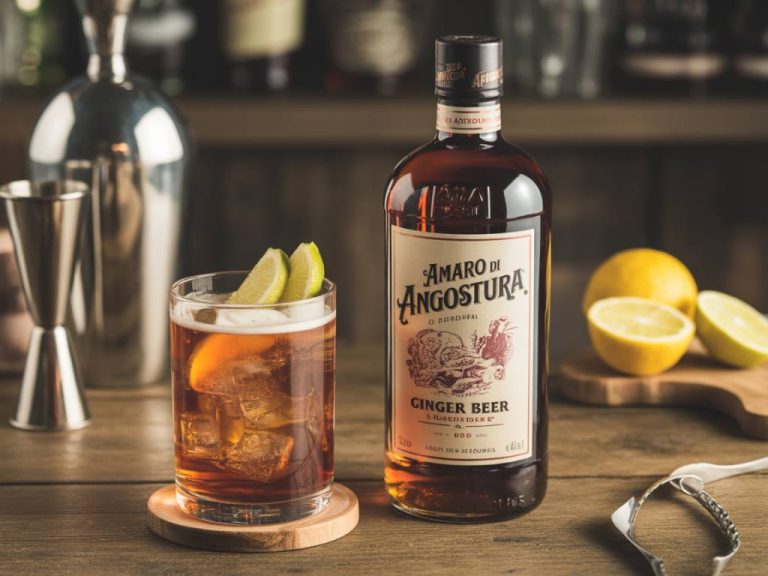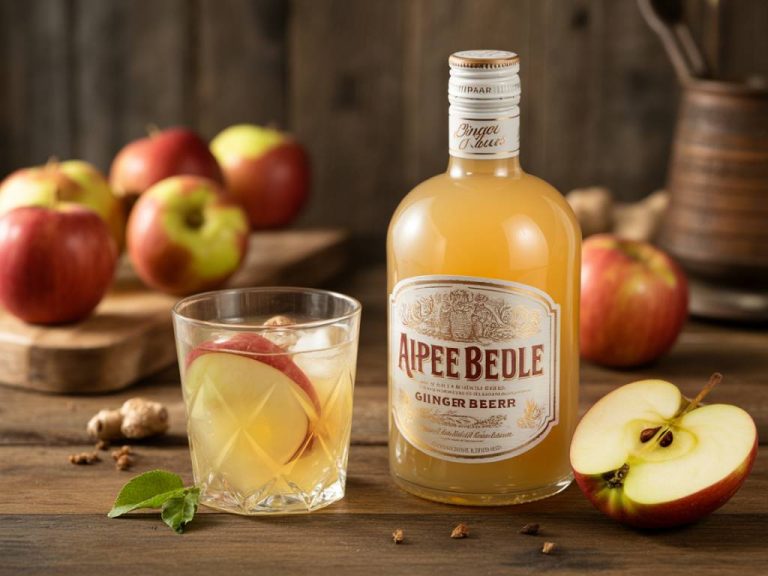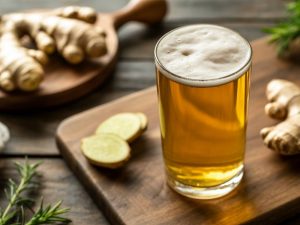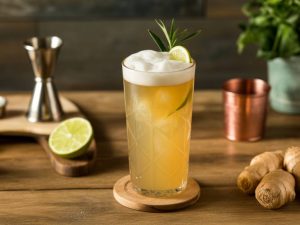If you’re crafting cocktails at home or developing a drinks menu, you’ve likely encountered the rapidly growing world of premium tonics. Among them, Double Dutch Tonic Water stands out—not just for its catchy name—but for its thoughtful formulation and versatility in pairings. As a former nutrition consultant turned mixology enthusiast, I’ve spent countless evenings testing tonic-cocktail pairings in pursuit of the perfect balance between botanical depth, bitterness, and flavor enhancement. What makes Double Dutch worth your attention? Let’s dive deep and explore how each of its tonic varieties can elevate both classic and contemporary cocktail structures.
Why Double Dutch Deserves a Spot on Your Bar Cart
Founded by Dutch twin sisters Joyce and Raissa de Haas, Double Dutch is less about tradition and more about reinvention. Unlike many other tonics that rely heavily on sugar or overpowering quinine profiles, Double Dutch uses carefully curated ingredients to complement, rather than mask, the spirits they accompany. Each variant features unique botanicals, natural sweeteners, and a cleaner finish—ideal for precision pairing, especially when you’re layering flavor and aroma in complex cocktails.
Importantly, Double Dutch prides itself on transparency and low-calorie options. Most of their mixers clock in at under 20 calories per 100 ml and carry no artificial preservatives—an aspect that aligns nicely with mindful mixology and health-conscious consumption.
Understanding Flavor Profiles: A Primer for Better Pairing
Before we look at individual pairings, let’s take a moment to understand a few essential concepts:
- Bitterness vs Sweetness: Bitterness (from quinine or botanicals) balances the sweetness of liqueurs or fruit-forward spirits. Think of tonic water as your palette cleanser and structural enhancer.
- Acidity and Effervescence: Carbonation can lift aromas and reduce perceived sweetness. Pay attention not just to flavor, but to how a tonic feels in your mouth.
- Botanical Synergy: Juniper, citrus, pepper, and herbaceous notes can be either enhanced or muted based on the tonic’s profile. This is where Double Dutch shines with its nuanced botanical selections.
Classic Cocktails Reimagined with Double Dutch
Let’s start by reinterpreting some time-tested favorites using Double Dutch’s flagship tonics. These swaps offer cleaner finishes, heightened complexity, and often, a surprise factor that instantly modernizes your serve.
Gin & Tonic with Double Dutch Indian Tonic Water
This is the workhorse tonic, but don’t let the term ‘classic’ fool you. Double Dutch’s Indian Tonic offers pink grapefruit and juniper undertones—a clever twist that enhances most dry gins.
- Recommended Gin: Tanqueray No. Ten or Monkey 47
- Garnish: Slice of pink grapefruit and a sprig of rosemary
- Why It Works: Grapefruit complements citrus-heavy gins, while juniper highlights resonate with the gin base rather than colliding with it.
Vodka Tonic with Double Dutch Skinny Tonic
Perfect for purists and calorie counters alike. The “Skinny” retains a crisp quinine backbone with low sugar, allowing vodka’s clean character to shine.
- Recommended Vodka: Belvedere or Reyka
- Garnish: Cucumber ribbon or lemon zest
- Bonus Tip: Try this with a dash of elderflower liqueur if you’re feeling ambitious.
Tequila & Tonic with Double Dutch Cucumber & Watermelon
This lesser-known combo is pure summer in a glass. Cucumber and watermelon lighten tequila’s earthy notes beautifully while adding aromatic lift.
- Recommended Tequila: Patrón Silver or Fortaleza Blanco
- Garnish: Mint leaves and a thin slice of cucumber
- Pro Insight: Add Tajín on the rim for a spicy contrast—it’s a backyard party in liquid form.
Modern Cocktail Pairings: Innovation Meets Intention
Now let’s push the envelope. With new spirits and techniques entering the market daily, Double Dutch offers a flexible foundation for some lesser-known but thrilling pours. Here are a few you probably haven’t tried—but should.
The Nordic Mule with Double Dutch Cranberry & Ginger Tonic
Think of this as a tart, spiced cousin to the classic Moscow Mule. The cranberry zing and ginger warmth bridge vodka and aquavit beautifully.
- Spirit Blend: 30 ml vodka + 20 ml aquavit
- Garnish: Lingonberries (or cranberries) and a basil leaf
- Taste Profile: Bright, herbal, slightly sweet with a ginger finish
Low-ABV Spritz with Double Dutch Pomegranate & Basil
Sessions drinks are here to stay, and this combo delivers complexity without the punchy alcohol. Ideal as a pre-dinner apéritif or sunny brunch sipper.
- Base: 45 ml dry vermouth (try Dolin Dry)
- Top with: Double Dutch Pomegranate & Basil
- Garnish: Lemon twist and a fresh basil sprig
Rum & Cola Reinvented with Double Dutch Spiced Cola
Finally, an adult cola. Spiced with a hint of vanilla and subtle herbal warmth, this mixer brings depth to dark rums or even aged cachaça.
- Spirit: Ron Zacapa 23 or Havana Club 7 Años
- Garnish: Orange peel and cinnamon stick
- Technique Tip: Build over a large cube to avoid dilution and preserve the cola’s fine carbonation.
Pairing Quick Guide: At a Glance Chart
If you’re in service or just indecisive on a Friday night, consider this matrix your new best friend. It’s based on informal testing, bartender input, and good old tastebud experimentation.
| Double Dutch Mixer | Ideal Spirit(s) | Flavor Notes |
|---|---|---|
| Indian Tonic | Dry Gin | Juniper, Pink Grapefruit |
| Skinny Tonic | Vodka, London Dry Gin | Light Quinine, Low Sugar |
| Cucumber & Watermelon | Tequila Blanco, White Rum | Fresh, Aromatic, Soft Sweetness |
| Cranberry & Ginger | Vodka, Aquavit, Spiced Gin | Tart, Spicy |
| Pomegranate & Basil | Dry Vermouth, Aperitifs | Fruity, Herbal |
| Spiced Cola | Aged Rum, Bourbon | Warm Spices, Cola with Depth |
Final Sips: Elevating the Everyday Mix
What excites me most about Double Dutch is not just the quality of their products, but what they signify: a nuanced understanding of how mixers can actively shape a drink’s character. These tonics aren’t just passive partners; they’re co-creators in your glass. Whether you’re a bartender looking to refine your non-alcoholic offerings or an enthusiastic home mixologist, there’s fertile ground here for exploration.
The best advice I can give? Experiment with intention. Taste each mixer solo. Note how it affects texture, nose, and finish. Introduce it to a single spirit, then layer flavors from there. Use seasonal garnishes. Take notes. Taste again. In the world of mixology, curiosity is your sharpest tool—and with Double Dutch, the possibilities are only expanding.
Have a favorite pairing I haven’t covered? Drop it in the comments. There’s a good chance I’ll be recreating it in my kitchen lab before the week ends.

